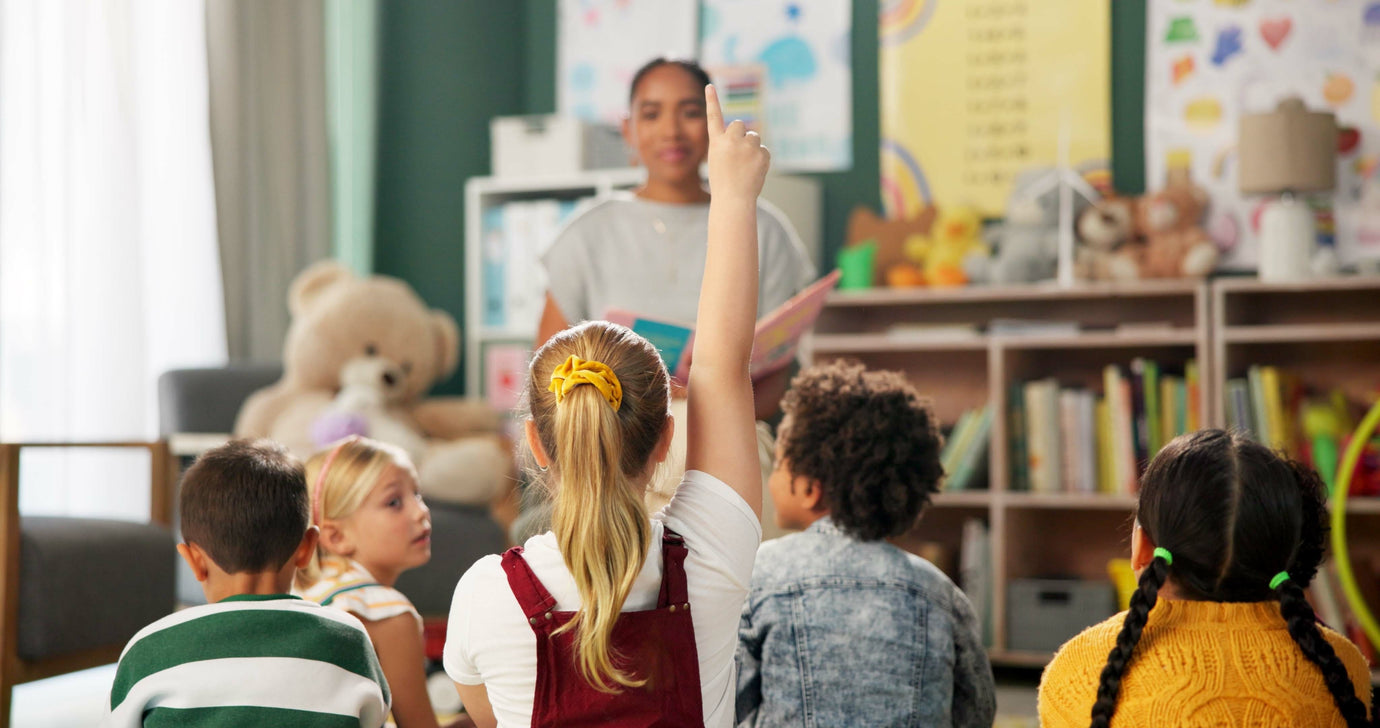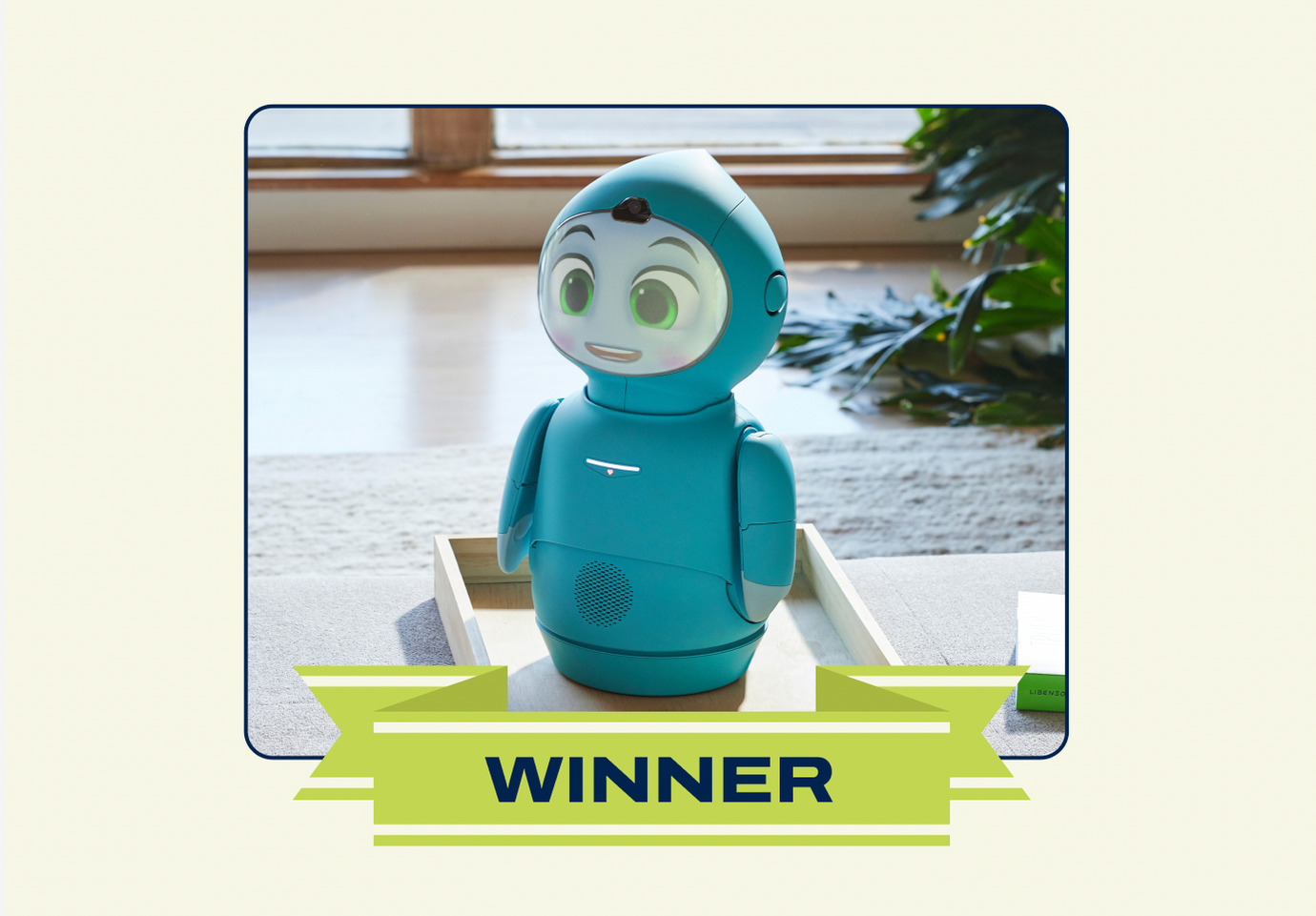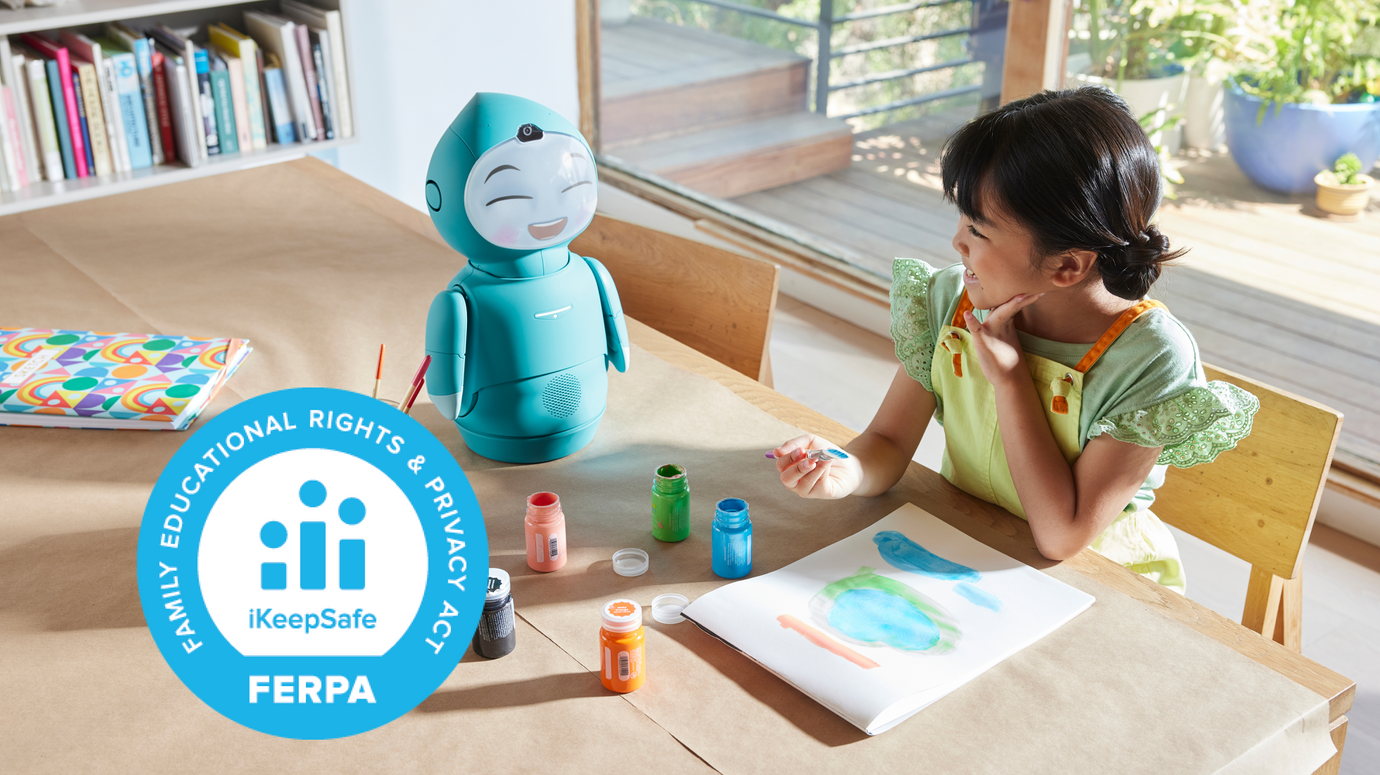Generalized Anxiety Disorder in Children
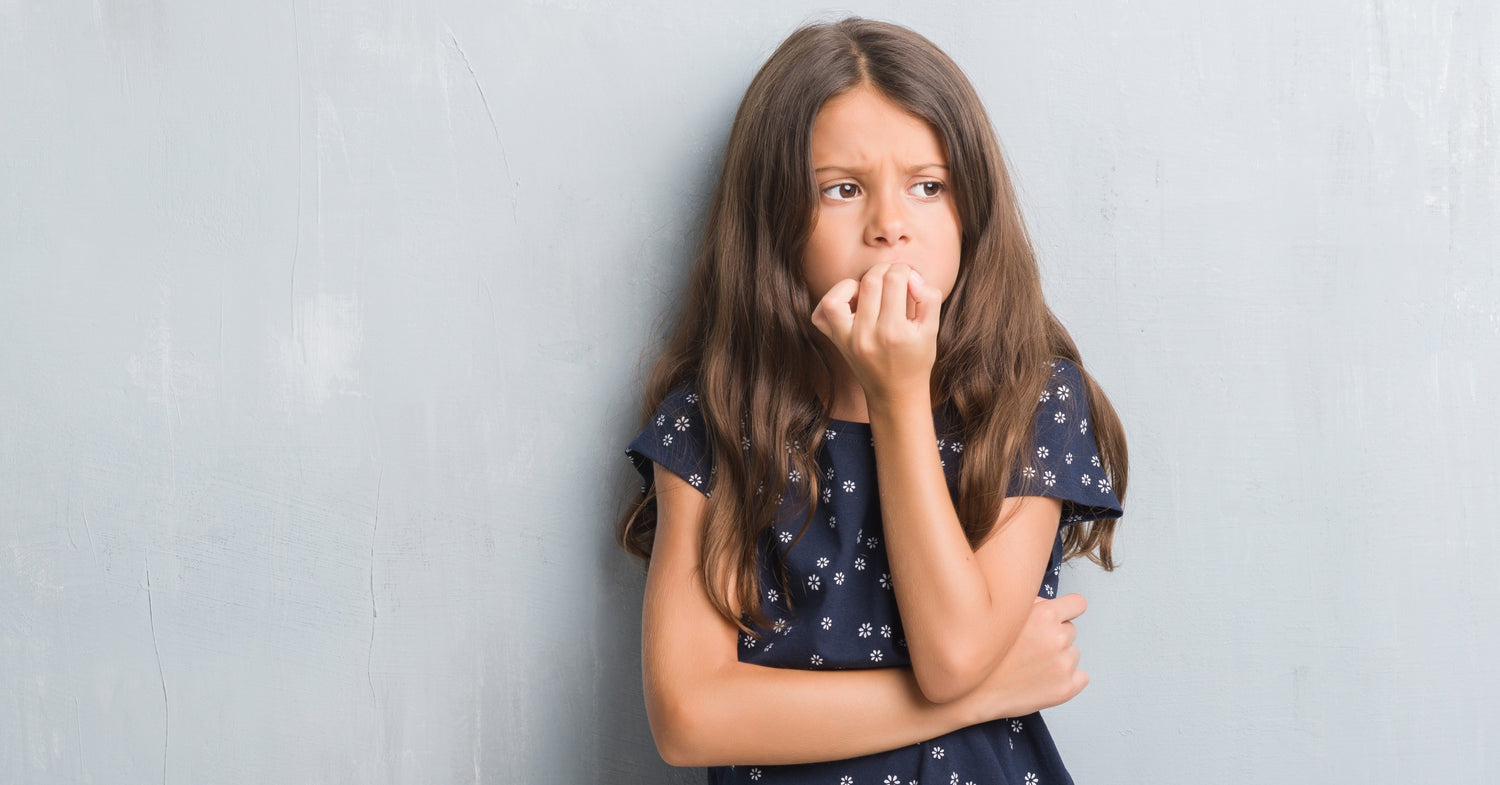
We all experience anxiety from time to time. Anxiety is a normal emotion which functions to keep us safe and well when going about our day-to-day lives. However, when anxiety doesn’t go away and begins to take over our emotional state, it becomes a problem and can typically be classed as a disorder.
Children and teens, as well as adults, can develop anxiety disorders – the most common of which is known as Generalized Anxiety Disorder (GAD).
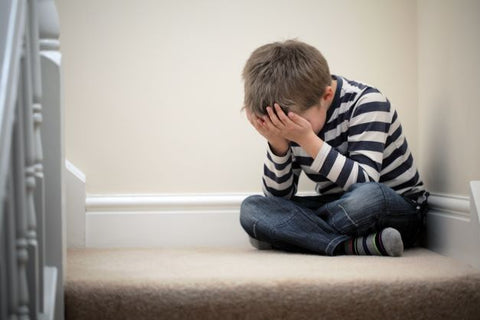
When a child has GAD, there are a number of interventions a parent, guardian or teacher can make to give them the extra support they likely need. Here’s what to look for so you can extend your hand at the right time.
What is Generalized Anxiety Disorder?
Generalized Anxiety Disorder is the ongoing occurrence of intense worry or anxiety about a range of non-specific things or scenarios.
GAD is different from a specific anxiety or phobia in that the feeling of anxiety may be directed at nothing in particular, or it may be associated with a range of seemingly disconnected situations which may or may not make sense to worry about in the context of the child’s life.
For example, a child may be deeply unnecessarily concerned about getting good grades, or they may be worried about a shark coming into the bathtub through the drain. GAD can often encompass both types of worry.
What are Generalized Anxiety Disorder symptoms in children?
GAD can sometimes be difficult to spot given its range of specific and nonspecific symptoms. Here are a few tell-tale signs that indicate your child may have Generalized Anxiety Disorder.
- They experience consistent worry about a range of different scenarios.
- They experience anxiety and concern at levels which their peers do not.
- They can become agitated when they are not executing a test or activity perfectly (for example getting a “B” on a test instead of an “A”.)
- They are concerned that making a small mistake will have dire consequences.
- They experience insomnia or other sleep disruptions.
- They can be irritable, snappy, or quick to anger.
- They can experience fatigue and irregular tiredness.
- They may have digestive problems including IBS, nausea, or diarrhea.
- They expect the worst outcome in every scenario.
- They are indecisive, or overthink every decision they make, even small ones.
What is Generalized Anxiety Disorder vs. anxiety?
While the symptoms and scope of GAD are very broad, Generalized Anxiety Disorder remains a specific diagnostic term, while “anxiety” more generally describes a natural emotion or state of mind.
When we experience healthy anxiety, there is usually a cause which to most of us would be considered reasonable. Anxiety tells us that we are in danger, or that there is the potential for danger nearby.
Anxiety becomes a disorder when we experience anxiety with no apparent or reasonable cause, or at higher levels than is truly warranted by the cause. This elevation is characteristic in disorders like GAD, and other mental-illnesses related to anxiety.
What are the causes and risk factors of Generalized Anxiety Disorder?
Many of the causes and risk factors of GAD fall on the same line, as Generalized Anxiety Disorder has a strong genetic component. Common risk factors for GAD include:
-
Sex. People assigned female at birth are twice as likely to be diagnosed with GAD than those assigned male. This may be more due to cultural than physiological factors.
-
Genetics. Anxiety disorders often run in families, so if you or your co-parent or parents have GAD, your child has a greater potential for developing it.
- Trauma. Children who experience traumatic events or consistent overwhelming stress in their lives have a greater chance of developing trauma-induced GAD.
How do you treat Generalized Anxiety Disorder in children?
Frontline medications for treating anxiety in children include Selective Serotonin Reuptake Inhibitors such as Lexapro and others which help to regulate serotonin in the brain and reduce symptoms of anxiety.
Effective non-pharmaceutical interventions include Cognitive Behavioral Therapy as well as other forms of talk and play therapies which help your child to develop and internalize coping strategies, empowering them to self-soothe and handle their anxieties as they come up.
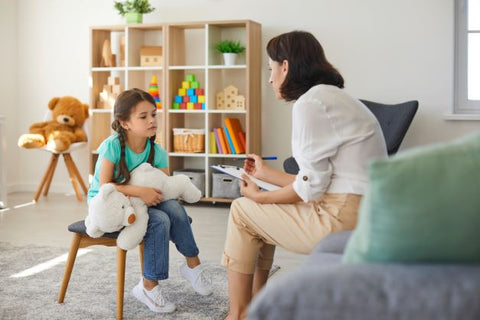
A therapist may help your child to both recognize their anxious feelings and work through them using breathing, mindfulness, embodied practices, and other techniques which you can help them to learn and engage outside of sessions.
What is a Generalized Anxiety Disorder treatment plan for children?
Your child’s GAD treatment plan will likely include a combination of therapies, tools and medications, depending on the severity of their condition as well as the specific goals and milestones outlined in their journey to an ideal outcome.
The treatment plan will also include roles the adults in your child’s life will need to play to help them practice working through their anxiety. For example, a teacher might be named on the treatment plan as a safe adult your child can access if they are experiencing anxiety at school.
What are some coping techniques for children with a Generalized Anxiety Disorder?
Learning and developing coping techniques is often central to any GAD treatment plan. Here are a few practices that help to soothe the nervous system which you can expect to see introduced into your child’s toolkit.
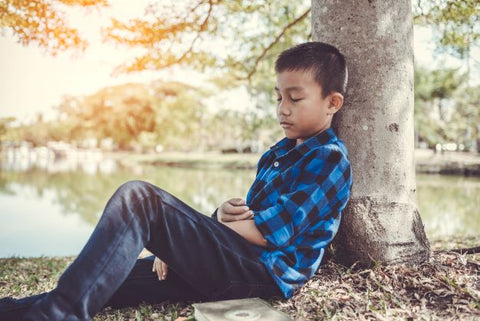
Box breathing is especially effective for this, and is easy to do. Simply breathe in for 4 counts, hold for 4 counts, breathe out for 4 counts, and hold for 4 counts. Your counts can lengthen or shorten depending on what your child needs in the moment.
Ask your child to name 5 things they can see, 4 things they can touch, 3 things they can hear, 2 things they can smell, and 1 thing they can taste. You can make adjustments to senses included if your child has any kind of sensory impairment.
This technique can be fun and easy to do once children are able to recognize when they are experiencing anxiety.
Ask your child to gather up all the anxiety they’re feeling into their heart. Next, have them shake and shimmy and wiggle and vigorously as possible (without causing harm to them self or others) and imagine they’re shaking all of the anxious feelings right out of their body.
This helps to tell our nervous systems that our bodies are safe and there is no danger we need to worry about in this moment.
Final thoughts
You should always seek the help of a professional if you think your child might have GAD. But if you need a little extra support at home, Moxie is here to help. This little robot friend works to teach your child mindfulness and relaxation techniques (like square breathing!) in a fun and friendly way that will help them to better understand their emotions and how to cope with them.
Sign up for a free demo today to see what else Moxie has to offer your family.



